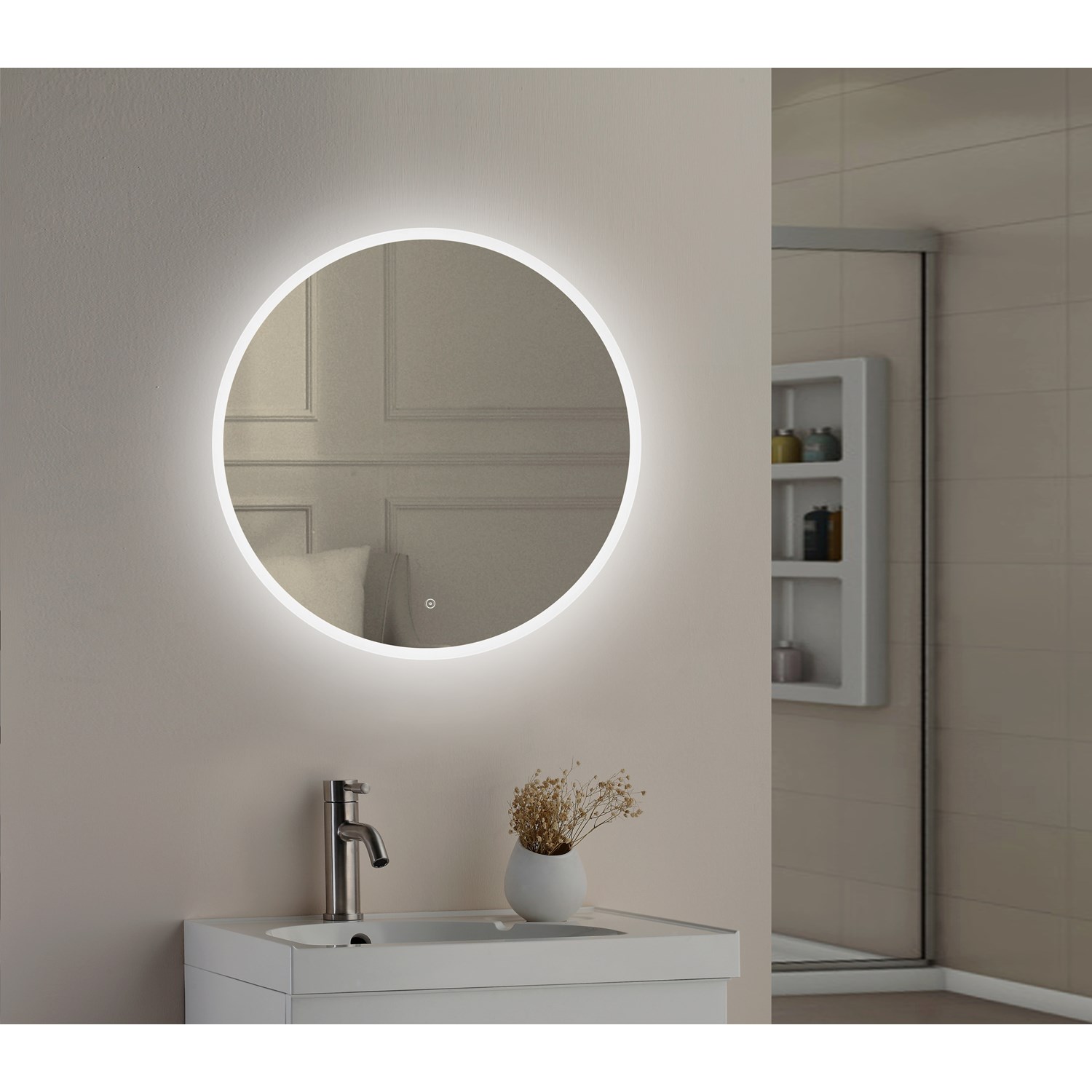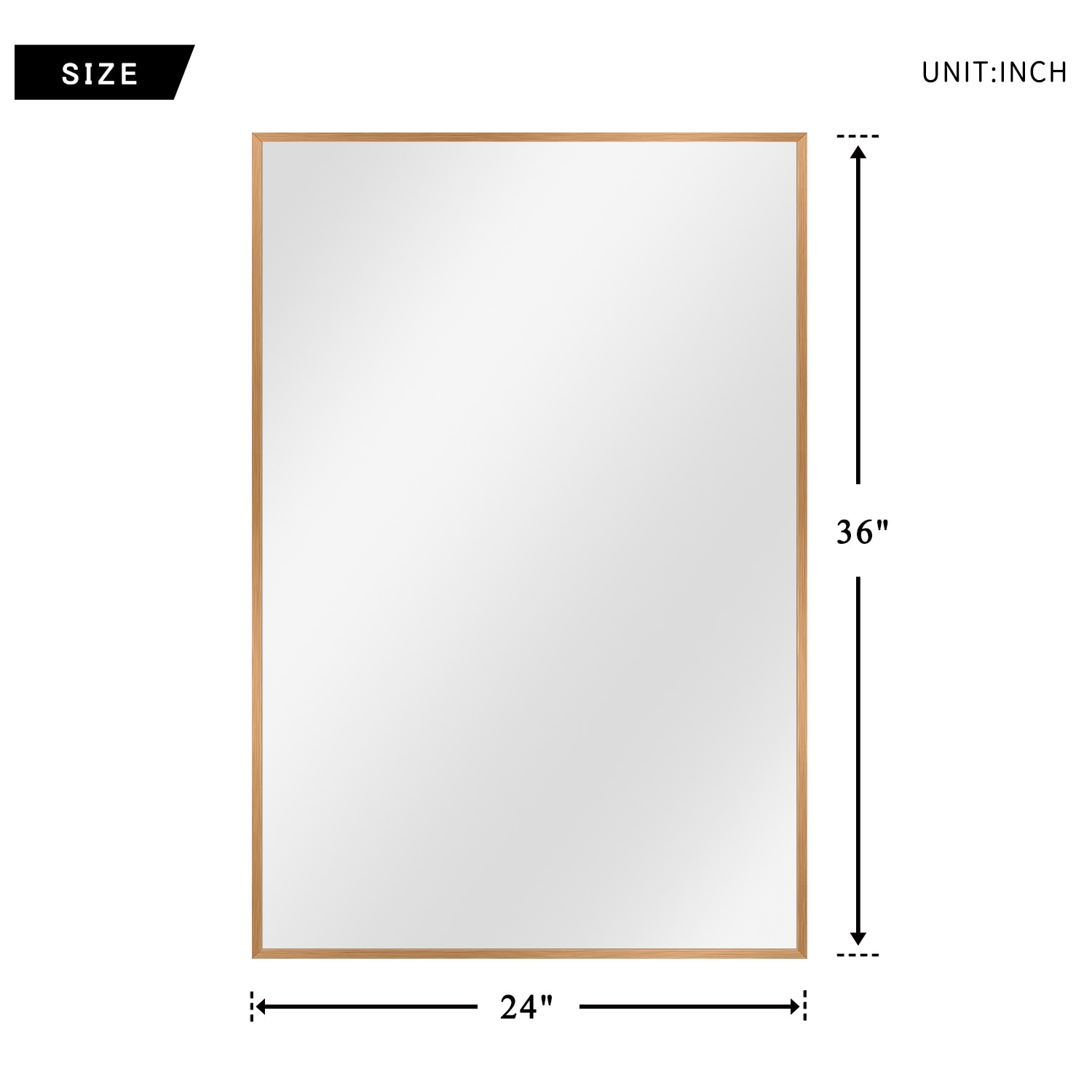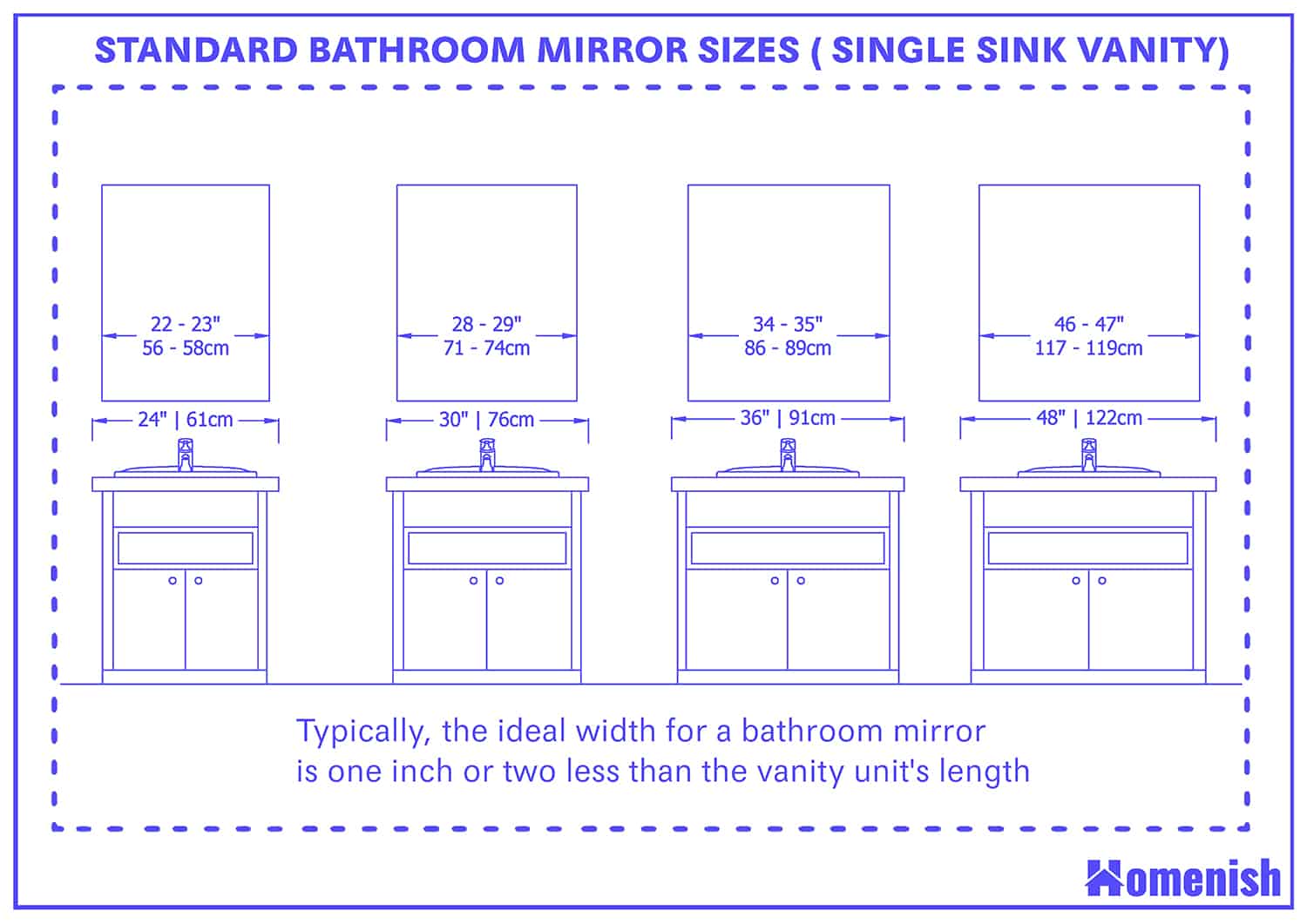Mirror Thickness Standards

Mirror thickness for bathroom – Bathroom mirrors come in a range of thicknesses, each with its own advantages and disadvantages. The standard thickness range for bathroom mirrors is between 1/4 inch (6 mm) and 1/2 inch (12 mm).
The thickness of a mirror affects its durability and longevity. Thicker mirrors are more resistant to warping and breakage, and they are less likely to develop scratches or other surface damage. However, thicker mirrors are also more expensive and heavier, so they may be more difficult to install.
For your bathroom, mirror thickness is a crucial factor to consider. Thicker mirrors offer durability and resistance to warping, while thinner mirrors may be more prone to bending. If you’re looking for a touch of Hollywood glamour in your bathroom, consider a hollywood bathroom mirror uk.
These mirrors often feature illuminated frames, providing a flattering and ambient light for your space. Ultimately, the ideal mirror thickness for your bathroom depends on your specific needs and preferences, but don’t underestimate the impact of a well-chosen mirror.
Impact of Thickness on Mirror Durability and Longevity
The thickness of a mirror has a significant impact on its durability and longevity. Thicker mirrors are more resistant to warping and breakage, and they are less likely to develop scratches or other surface damage.
For the perfect bathroom mirror, thickness is crucial. A thicker mirror offers durability and prevents distortion, ensuring a flawless reflection. While choosing a mirror, consider the bronze widespread bathroom faucet you have. The faucet’s finish and style should complement the mirror’s thickness and frame.
This harmonious combination enhances the bathroom’s aesthetics, creating a space that reflects your personal style.
- Warping: Thinner mirrors are more likely to warp over time, especially if they are exposed to heat or moisture. Warping can cause the mirror to distort, making it difficult to see clearly.
- Breakage: Thinner mirrors are also more likely to break if they are accidentally bumped or dropped. A broken mirror can be dangerous, and it can also be expensive to replace.
- Scratches and other surface damage: Thinner mirrors are more susceptible to scratches and other surface damage. This damage can make the mirror look unsightly, and it can also make it difficult to see clearly.
Factors Influencing Mirror Thickness: Mirror Thickness For Bathroom

The thickness of bathroom mirrors is influenced by several factors, including the size, shape, and intended use of the mirror. Larger mirrors require thicker glass to prevent bowing or warping, while oddly shaped mirrors may need reinforced glass to maintain their integrity. The mirror’s intended use also plays a role, as mirrors used in high-humidity areas may require thicker glass to prevent moisture damage.
Environmental Factors, Mirror thickness for bathroom
Environmental factors such as humidity and temperature can also affect the thickness requirements of bathroom mirrors. Mirrors in humid environments, such as bathrooms with showers or steam rooms, need thicker glass to prevent moisture penetration and damage. Similarly, mirrors in extreme temperature environments may require thicker glass to withstand thermal expansion and contraction.
Types of Mirror Thicknesses

Bathroom mirrors come in a variety of thicknesses, each with its own unique characteristics, advantages, and disadvantages. Understanding these variations is essential for choosing the right mirror for your bathroom’s specific needs and aesthetic.
Standard Thicknesses
Standard mirror thicknesses range from 3 mm to 6 mm. These thicknesses are suitable for most bathroom applications, offering a balance of durability and affordability. 3 mm mirrors are the thinnest and most lightweight, making them ideal for small or framed mirrors. 5 mm mirrors offer a good balance of durability and weight, while 6 mm mirrors are the thickest and most durable, suitable for large or frameless mirrors.
Decorative Thicknesses
Decorative mirror thicknesses, such as 8 mm or 10 mm, are often used to create a more substantial and luxurious look. These thicker mirrors are less likely to warp or distort over time and can be used to create unique and eye-catching designs. They are often used in high-end bathrooms and spas.
Considerations for Choosing Thickness
When selecting the right mirror thickness for your bathroom, consider factors such as the size of the mirror, the mounting method, and the desired aesthetic. For large or frameless mirrors, a thicker mirror will provide better support and durability. If the mirror will be mounted on a wall, a thinner mirror will be easier to install and less likely to put stress on the wall. Ultimately, the best mirror thickness for your bathroom will depend on your individual needs and preferences.